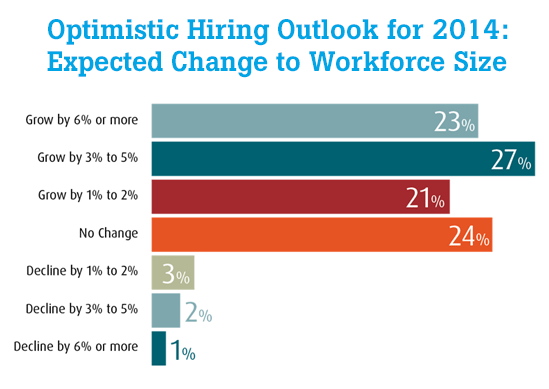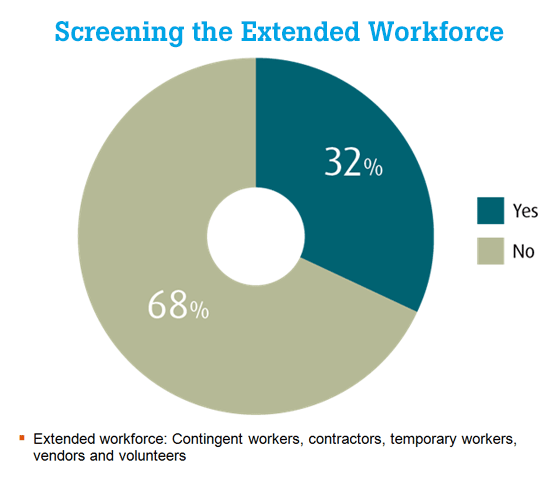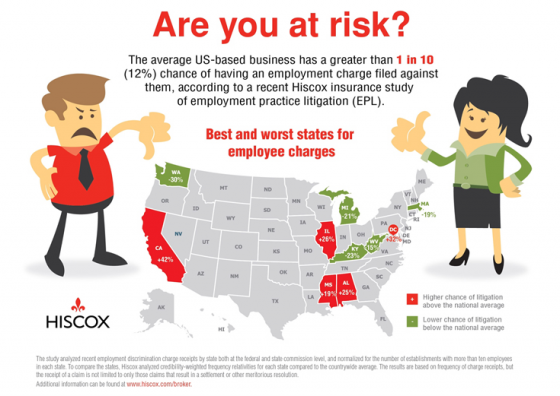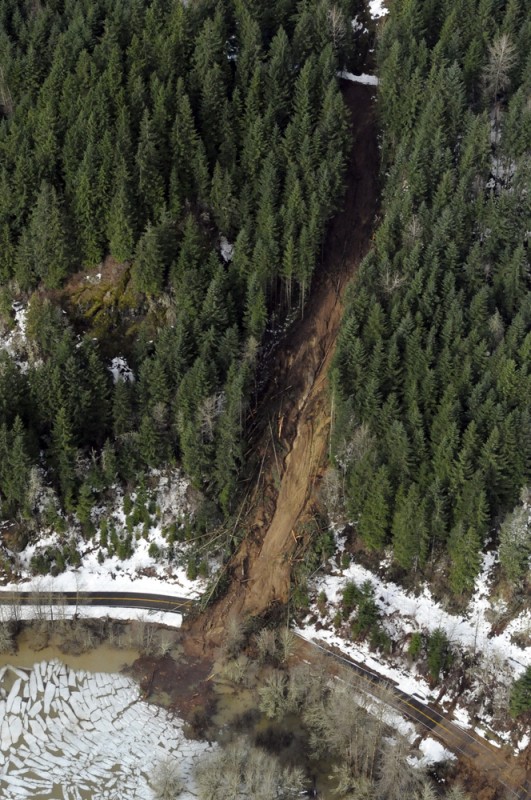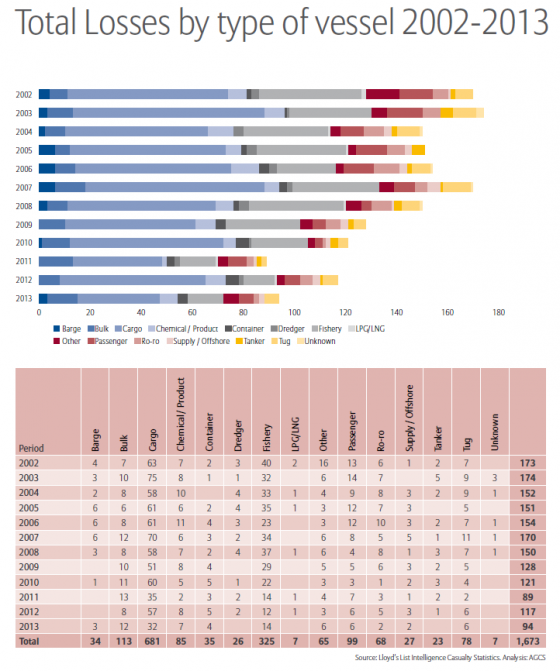A majority of organizations plan to grow in 2014 (71%), with almost one-third of companies with 4,000 or more employees predicting their staff will grow by 6% or more, according to the “Employment Screening Benchmark Report” by HireRight.
Employers cited acquiring talent as a core business challenge. The majority, more than three-quarters, said they prefer traditional methods for recruiting, such as online job boards. However, they could be missing hiring opportunities by not using social media. Nearly 60% of those surveyed said they are not using Twitter, LinkedIn or other means to find qualified candidates, the study found.
The study also found that (83%) of companies screen their potential employees. Of those, almost three-quarters, said they discovered issues that would not have been uncovered otherwise and more than half reported that screening improved the quality of their hires. The top benefits of screening were reported as:
• A better quality of employees hired (56%)
• More consistent safety and security (52%)
• Improved regulatory compliance (48%)
• Better company reputation (22%)
• Greater employee retention (17%)
But while a majority of respondents screen prospective employees, some organizations may have gaps in their screening programs. According to HireRight:
Contingent workers often represent a significant part of an employer’s workforce, and can include those in critical positions, so failure to screen these workers at the same standard employees are screened can present a substantial risk for organizations…The lack of a contingent workforce screening program has the potential to lead to workplace violence or fraud and can result in negligence claims. Negligent hiring cases have had verdicts of up to $45 million, and the average negligent hiring lawsuit settlement is nearly $1 million.

